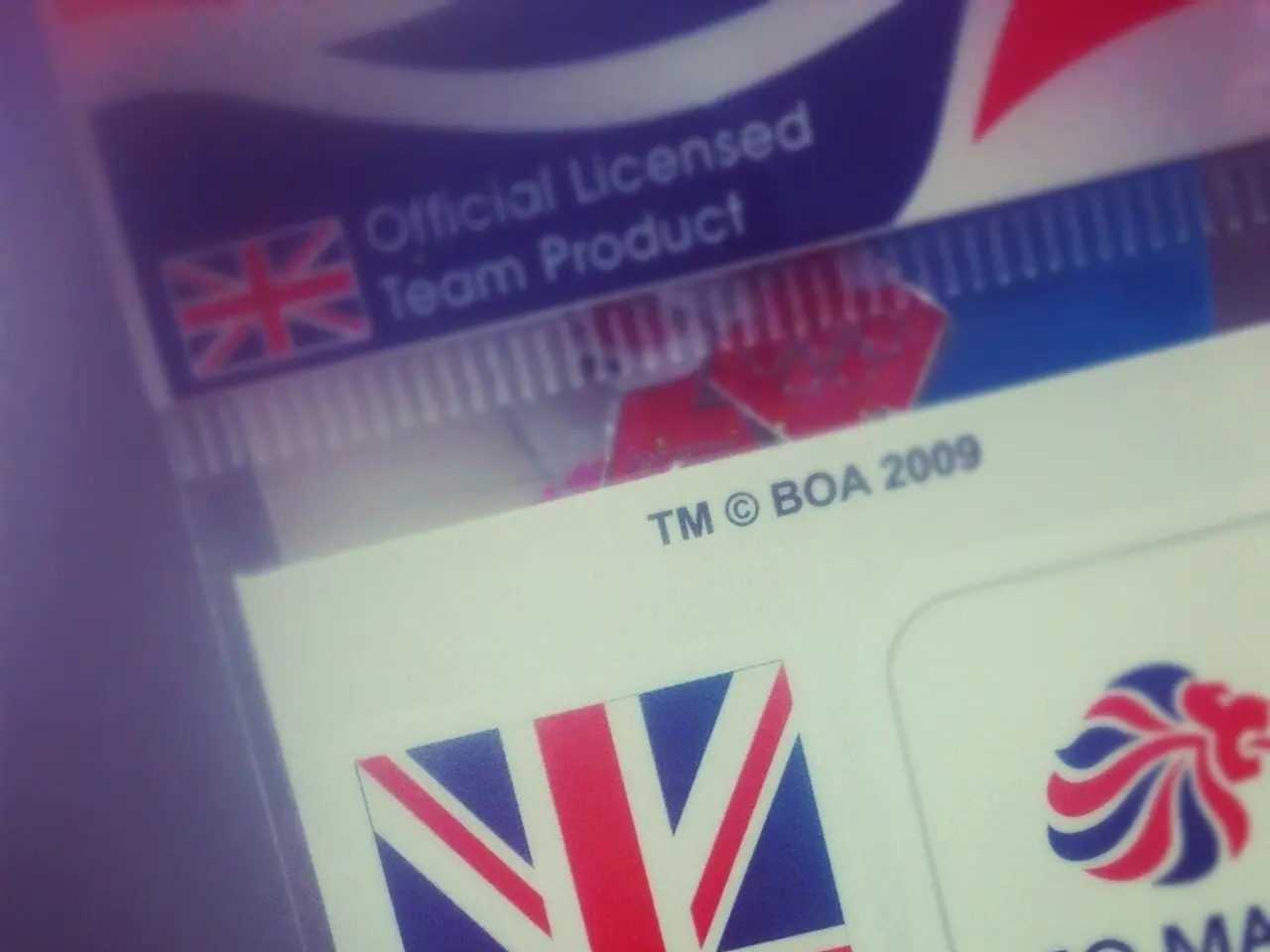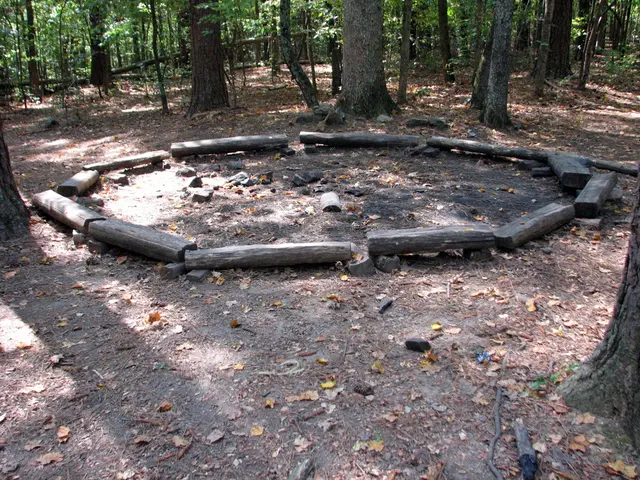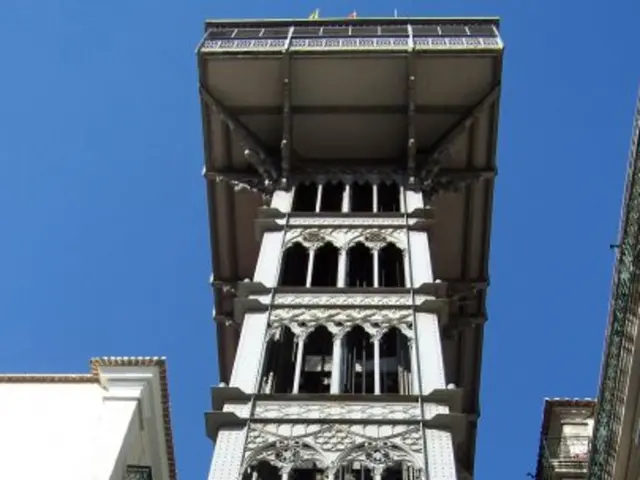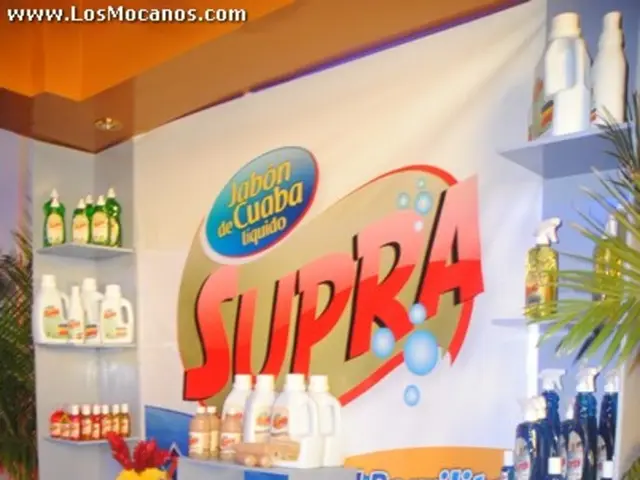LEED Green Associate: Comprehending Renewable Energy Credits (RECs) for LEED Accreditation (USGBC)
Renewable Energy Certificates, or RECs, are a crucial component in the renewable energy market. These tradable commodities serve as proof that a unit of electricity was generated from renewable sources, such as solar, wind, hydro, or biomass.
Each REC typically represents one megawatt-hour (MWh) of renewable energy generation, providing a mechanism for tracking and trading the environmental benefits of renewable energy. By purchasing RECs, projects can demonstrate their support for renewable energy generation and offset a portion of their conventional energy use.
In the context of LEED (Leadership in Energy and Environmental Design) certification, RECs can be purchased as a means of meeting the green power requirements for a building or project. This allows consumers, businesses, and organisations to support renewable energy development and claim the environmental attributes of renewable energy.
It is important to note that terms like "Tradable Energy Credit (TEC)" and "Certificate for Innovative Renewables" are not commonly used in the renewable energy industry. Additionally, the term "Renewable Wind Certificate" is too specific, as RECs can represent various types of renewable energy, not just wind.
In conclusion, RECs play a vital role in promoting the growth of renewable energy and enabling consumers, businesses, and organisations to make a positive impact on the environment by supporting renewable energy projects. By understanding RECs and their function, we can make more informed decisions when it comes to supporting renewable energy and reducing our carbon footprint.
Read also:
- Emerging Investment Trends in China's Ethical Finance Sector for 2025
- Celebrated Title: Cheesemakers Blessed Upon
- Construction and renovation projects in Cham county granted €24.8 million focus on energy efficiency
- Trump challenged in court over halting billions in funding for electric vehicle charging infrastructure








